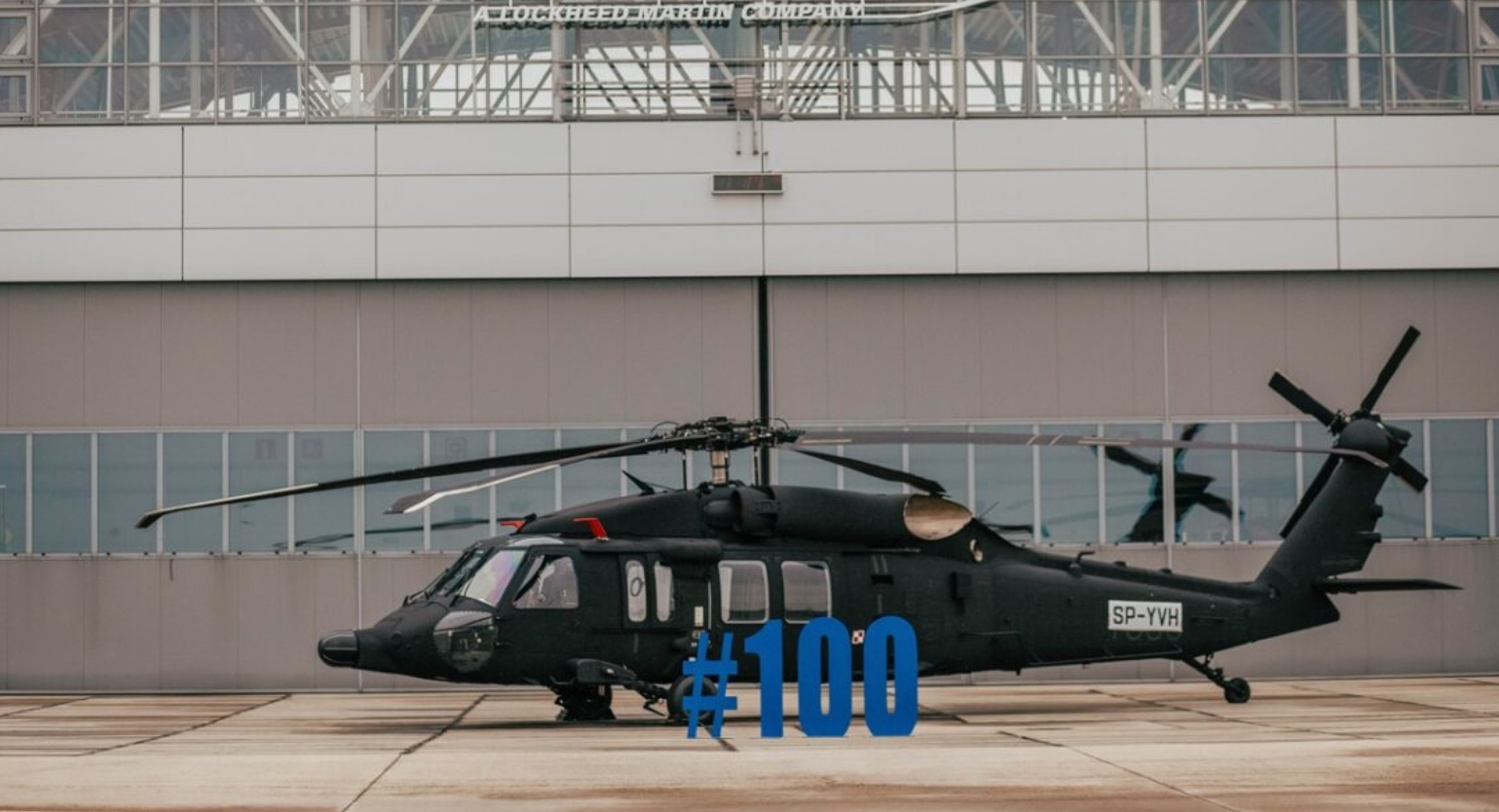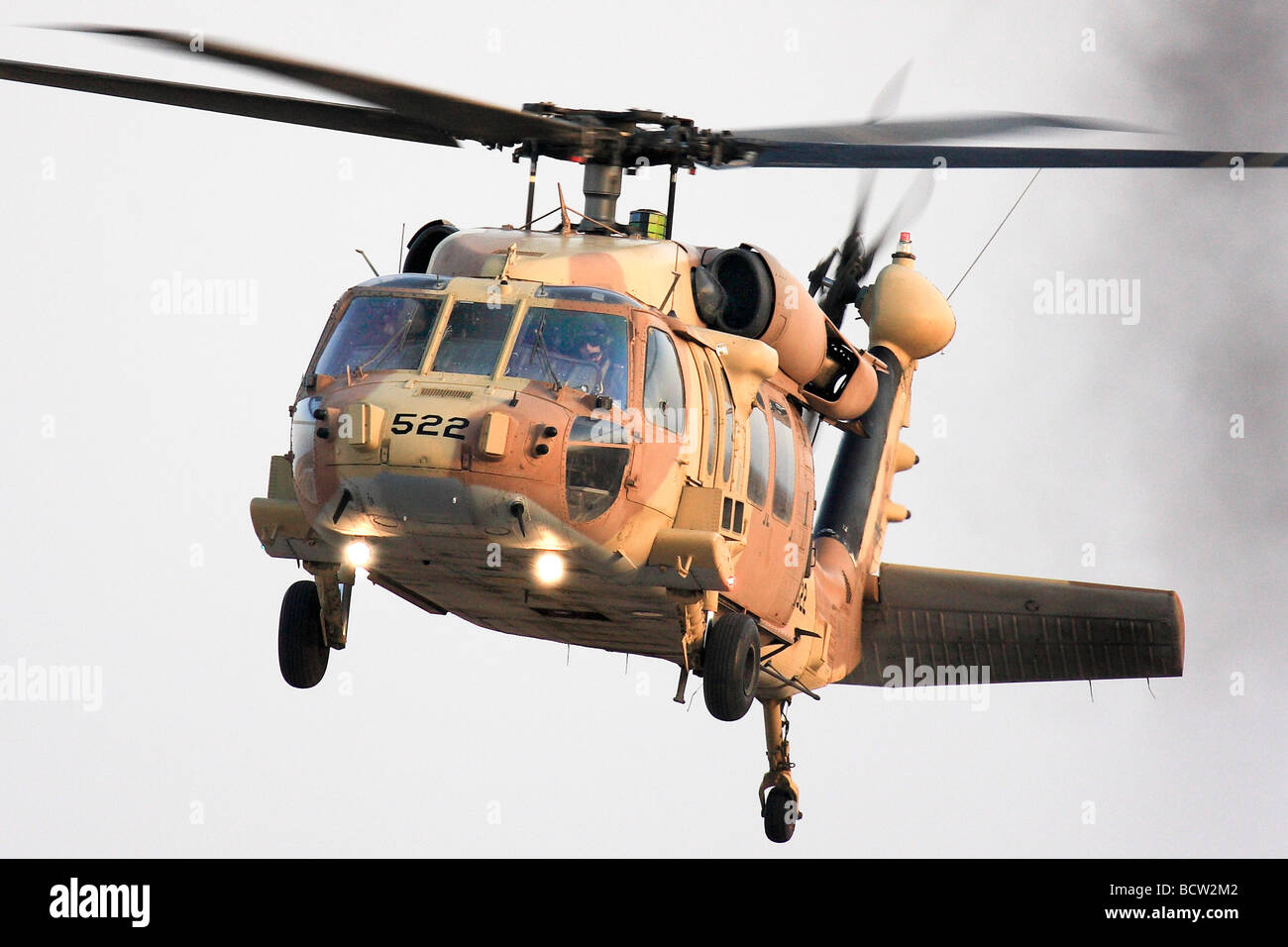How the Sikorsky S 70 Sticks Out in the Helicopter Industry
How the Sikorsky S 70 Sticks Out in the Helicopter Industry
Blog Article
High-Performance Multi-Role Rotorcraft Featuring Advanced Cockpit Technologies and Integrated Sensor Solutions
The world of rotorcraft modern technology has actually seen remarkable developments in recent times, particularly in the realm of high-performance multi-role rotorcraft geared up with advanced cockpit innovations and perfectly integrated sensor systems. These innovations have not just boosted the functional capacities of rotorcraft yet have actually likewise substantially influenced contemporary air travel operations on various fronts. From boosted objective convenience to boosted functional effectiveness, the merging of advanced cockpit technologies and integrated sensing unit systems has actually ushered in a new age of possibilities for rotorcraft applications. In the complying with discussion, we will discover the development of rotorcraft innovation, look into the realm of advanced cabin developments, and examine the effects of integrated sensing unit systems on the functional versatility and performance of contemporary rotorcraft.
Advancement of Rotorcraft Technology
The advancement of rotorcraft technology has actually been noted by significant innovations in the rules of aerodynamics, materials, and propulsion systems, forming the abilities and performance of modern-day rotorcraft. Aerodynamic renovations have enhanced the performance and ability to move of rotorcraft, enabling for raised speed, agility, and security during flight (sikorsky s 70). Developments in materials, such as making use of composite products and progressed alloys, have resulted in lighter yet more powerful rotorcraft frameworks, improving overall performance and toughness. In addition, advancements in propulsion systems, including much more powerful engines and ingenious propulsion innovations, have actually allowed rotorcraft to accomplish higher altitudes, faster speeds, and greater payloads.
These developments have not only changed the capacities of rotorcraft however have additionally increased their applications across various sectors, consisting of military, business, and emergency situation services. The continual development of rotorcraft technology remains to drive advancement in the field, pressing the limits of what is possible and forming the future of vertical trip.
Advanced Cockpit Innovations
Structure upon the foundational advancements in the rules of aerodynamics, materials, and propulsion systems, the world of rotorcraft innovation currently moves emphasis towards introducing Advanced Cockpit Innovations. The integration of sophisticated innovations within the cabin environment plays an essential duty in improving the functional capabilities, safety and security, and effectiveness of modern-day rotorcraft. sikorsky s 70. Advanced Cockpit Innovations encompass a wide array of features made to supply pilots with improved situational recognition, streamlined information administration, and user-friendly control user interfaces
One of the crucial innovations in cockpit design is the execution of glass cockpits, which change conventional analog evaluates with high-resolution displays. These digital systems provide customizable designs, real-time information combination, and enhanced readability, making it possible for pilots to access essential information at a glimpse. Progressed avionics systems, such as fly-by-wire controls and augmented reality screens, are transforming how pilots engage with the airplane, permitting for specific control and improved decision-making abilities.


Incorporating advanced cabin advancements not just improves pilot performance yet additionally adds to total objective effectiveness and safety and security in complicated operational environments. By leveraging modern innovations within the cockpit, rotorcraft manufacturers are setting brand-new requirements for functional excellence and goal success.
Integrated Sensing Unit Solutions
With the evolution of rotorcraft modern technology, the integration of innovative Integrated Sensor Systems has actually ended up being paramount in boosting operational efficiency and safety and security. These Integrated Sensing unit Systems incorporate a large range of modern technologies that supply crucial information for numerous functions such as navigation, security, targeting, and environmental tracking. By effortlessly incorporating sensors like radars, electronic cameras, lidar, and infrared systems into rotorcraft, drivers can benefit from enhanced situational awareness, boosted mission abilities, and lowered pilot workload.
One trick advantage of Integrated Sensor Solutions is their ability to collect real-time information and provide actionable understandings to pilots and objective drivers. As an example, advanced radar systems can discover and track targets over cross countries, permitting very early hazard detection and efficient response planning. In addition, integrating electro-optical and infrared electronic cameras enables rotorcraft to carry out reconnaissance and monitoring goals with accuracy and precision.
Essentially, the integration of innovative sensor innovations right into rotorcraft not just boosts functional performance yet also contributes considerably to general objective success and staff safety and security. As rotorcraft proceed to advance, the function of Integrated Sensor Systems will definitely stay at the center of innovation in the aerospace industry.
Functional Adaptability and Performance
Enhancing operational convenience and performance in rotorcraft is a natural progression from the integration of innovative Integrated Sensing unit Equipments. By leveraging the information and understandings offered by these cutting-edge sensing unit systems, rotorcraft can maximize their efficiency across numerous objectives and settings.
Operational versatility incorporates the ability of rotorcraft to adjust to different roles and situations successfully. With sophisticated cockpit modern technologies and incorporated sensing unit systems, rotorcraft can perfectly transition in between tasks such as search and rescue, clinical emptying, surveillance, and extra. This adaptability improves the rotorcraft's ability to fulfill varied operational requirements without needing extensive reconfiguration.
Performance in rotorcraft operations is vital for making best use of goal effectiveness and source use. Integrated sensor systems play a pivotal function in boosting functional efficiency by giving real-time data on climate condition, terrain mapping, target tracking, and extra. This data makes it possible for pilots to make educated choices swiftly, enhance trip courses, preserve fuel, and enhance general objective performance.
Effect On Modern Aeronautics Workflow

Furthermore, the combination of innovative sensors promotes improved goal preparation and implementation, enabling rotorcraft to carry out a wide variety of tasks with official source enhanced accuracy. From search and rescue procedures to aerial firefighting and law enforcement objectives, the capabilities of modern-day rotorcraft geared up with innovative cabin technologies and incorporated sensor systems are unequaled.
Furthermore, the impact of these advancements prolongs past operational effectiveness to cost-effectiveness and sustainability. By optimizing trip paths, gas consumption, and upkeep routines, high-performance rotorcraft equipped with sophisticated cockpit innovations and sensors add to minimizing operational expenses and ecological effect, making them indispensable assets in modern air travel procedures.
Final Thought
To conclude, the high-performance multi-role rotorcraft with sophisticated cabin innovations and integrated sensor systems stands for a substantial evolution in aeronautics modern technology. These technologies boost operational adaptability and efficiency, ultimately impacting contemporary aviation operations in a favorable way. The combination of these advanced innovations permits improved abilities and efficiency in different mission scenarios, showcasing the continued development of rotorcraft modern technology in the air travel industry.
The world of rotorcraft innovation has actually seen notable improvements in recent times, particularly in the realm of high-performance multi-role rotorcraft equipped with innovative cabin innovations and perfectly integrated sensor systems. From improved objective convenience to boosted operational efficiency, the merging of sophisticated cabin modern technologies and incorporated sensor systems has actually ushered in a new era of opportunities for rotorcraft applications. In the adhering to discussion, we will explore the advancement of rotorcraft innovation, dive right into the world of innovative cockpit innovations, and take a look at the implications of incorporated sensing unit Check Out Your URL systems on the functional convenience and efficiency of contemporary rotorcraft.

Report this page